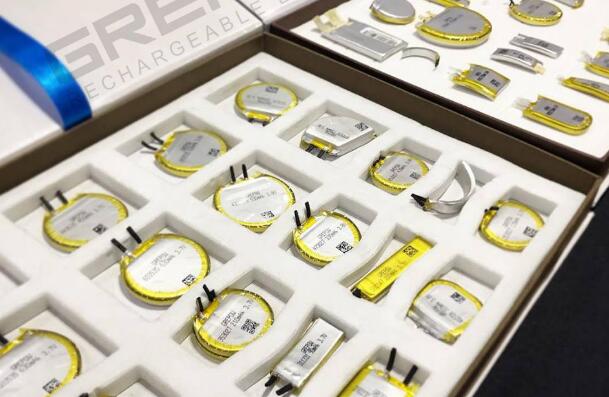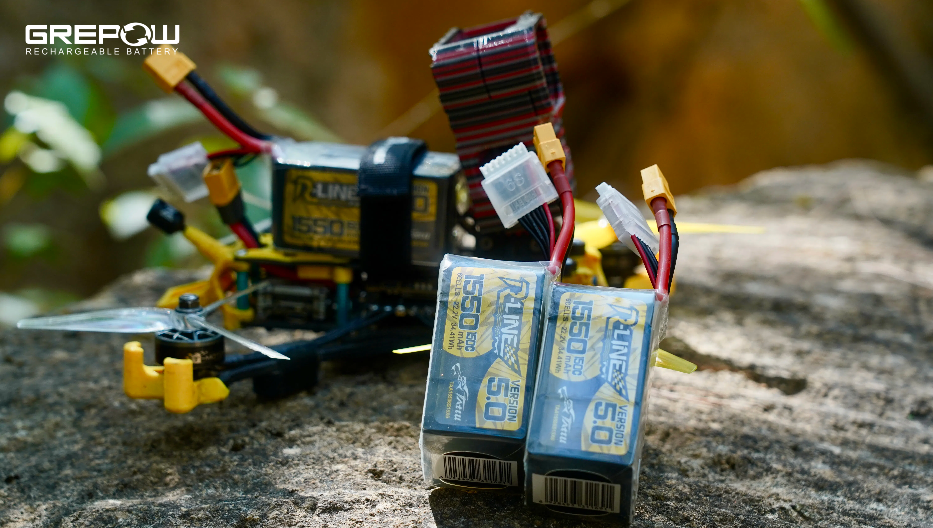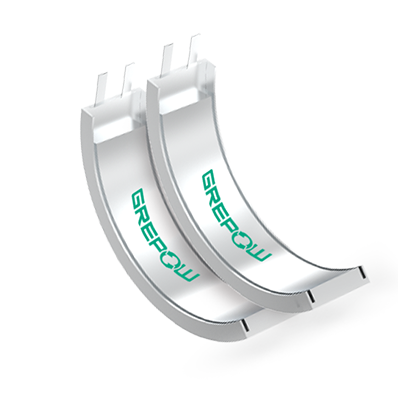Novel Battery to Innovative Medical Technology Design
Advances in technology are pushing manufacturers to create desirable products that achieve greater functionality, greater convenience, and faster results. This is evident in all aspects of work and daily life, from consumer products such as smartphones and watches to the blockchain, cloud services, and enterprise-class smart factories. Medicine is no exception.
Trends in medical device design
Wearables are so common these days that we rarely think about them. Some smart bracelets and smartwatches have multiple tiny, sensitive sensors that can monitor your steps, heart rate, sleep, and even your menstrual cycle based on your input. A smartwatch that "monitors you" is accurate enough to see if the data it collects can identify abnormal heart rhythms, including those that cause severe arrhythmias.The blood vessels of the heart. However, in terms of the scale of the technology, the data collected by wearables is still in its infancy. The rise of artificial intelligence has foreshadowed the preventive and the paradigm shift of personalized medicine: provide sufficient for algorithm, good data, one day may be in danger of falling, swallowing problems, heart attacks and even your voice changes, which may indicate depression, Parkinson's disease and other diseases of the disturbing attacks. One of the major trends in the healthcare industry is the shift from public to private -- from hospitals to homes. Even digital marketplace providers, such as Amazon, Google, Apple, Microsoft, and IBM, are moving into the home health space, bringing accessibility and affordability, according to Forbes.

The medical market shows encouraging growth. By 2023, the global medical device industry is expected to reach $409.5 billion, with a compound annual growth rate of 4.5 percent. From 2017 to 2023, the home-care medical device market is expected to grow at a compound annual growth rate of 7.1% to $35 million. With this changing healthcare architecture, the need for personalized and connected devices that can continuously track user data and transmit it to network systems and clinicians is growing rapidly. Thus, two major trends driving the design of medical devices are worth exploring: personalization and the complexity of driving the Internet of things.
The necessity of equipment design
What kind of products are needed to meet the needs of personalized, interconnected medicine? Smart wearables and the Internet of things devices not only make it easier to track users' biometrics and progress in hospitals and homes but also make home-care treatments more effective and thus possible. Advanced user-centered devices also allow the health care industry to progressively analyze current health conditions and accumulate data on preventive measures. In this way, device sensors are used not only to monitor the recovery of sick patients but also to capture abnormal data or symptoms in people who are not yet sick or injured. What if there's a medical device that's rich in features that can monitor patients and provide preventative alerts, but can be awkward to wear or walk around for older, very young patients or others?If they don't use it, who will go wrong and their health will suffer as a result?Not the user.

If people don't use the product properly, the problem lies with the device designer. Clearly, wearables need to be comfortable to encourage regular use. If consumers do not wear them regularly, fewer data will be collected. As a result, they will receive worthless or, worse, inaccurate analyses and recommendations that harm patient care. In short, intuitive design will increase adoption rates and the likelihood of successful treatment.
The battery barrier
The need for personalization and the use of IoT connected devices with greater capabilities that need to run continuously present device design engineers with new challenges -- and raises concerns about the limitations of today's medical batteries. The rigid, bulky shape of the battery often hampers the comfort of wearables and the availability of internet-of-things devices. Smartwatches and other smart devices are so popular because they improve and improve everyday life. However, rigid and bulky batteries are thick and unbending, so forming them into well-designed, portable and practical products is challenging.
Advances in batteries have broken down barriers
How do we address the challenge of batteries as a barrier to the Internet of things and wearable medical devices? By having a more compliant adaptive shape factor. They must be thin, even curved, and powerful and rechargeable, so they can be used to design compelling wearable and intuitive wearable devices. The good news is that the new generation of lithium-ion batteries has the required flexibility. For example, Grepow's novel battery comes in a variety of shapes, such as round, curved, triangular, hexagonal, and so on. The capacity of the curved battery is basically the same as that of the non-curved battery. Tests like this show that device designers don't have to sacrifice performance to improve the flexibility of energy storage. This flexibility is essential for bendable or curved products. This is also important for non-wearable devices, which make it easy to integrate batteries into existing devices and turn them into smart, internet-connected devices. The novel battery is as thin as 0.4mm to 8mm. This allows them to be seamless in the device and achieve a comfortable feeling of wearing.

Look for the customizable novel battery that can be supplied in different sizes, shapes, and capacities depending on the specific needs of the device manufacturer. With this capability, device designers are no longer constrained by the fixed size and shape of conventional batteries. They have greater freedom to design innovative, user-friendly medical and Internet of things devices. Safety is another important factor to consider when evaluating batteries for medical and other devices. Safety is clearly a major concern for manufacturers and consumers. Especially with wearable devices that touch the human body, it's important to make sure that dangerous battery components don't pose a risk to the user.

Typically, lithium-ion batteries contain liquid, solid or gel electrolytes. The most common form of electrolyte used in such batteries is liquid, which can leak and catch fire when it gets too hot. This is a major cause of many accidents, and understandably makes liquid-electrolyte batteries the second-best choice for the next generation of medical devices and smart wearables.
Solid electrolytes, on the other hand, are safer because they do not burn. However, due to the low ionic activity of the electrolyte, this safety function cancels out the performance. Moreover, solid-state ceramic batteries do not provide the flexibility needed for wearables and innovative IoT applications.
Gel electrolytes offer the best of both worlds for medical wearables and the Internet of things while providing security and flexibility. Because of the shape of the gel, there is no electrolyte leakage even if the device is punctured or punctured, so the risk to the consumer is minimal.
A new day in the life
If the novel batteries were integrated into his medical wearable device, how would the patient's daily life improve? If the patient's wristband is powered by a thin, rechargeable, curved (and therefore unobstructed) battery, he will wear it comfortably. It will be his habit to keep on. If a patient happens to have a stroke while driving, his wrist monitor can indicate a road break and sensors in the tires (which can also be powered by novel battery) to safely stop the vehicle. The monitor also alerts doctors and sends text messages to her daughter. Patients will also wear a smart transdermal patch powered by an ultra-thin battery that seamlessly fits the arm. The patch will immediately release an emergency dose of antihypertensive medication and write it into the patient's 24/7 medication record.

A patient's smart medical wearable device can also help with doctor visits. His wristband sends blood pressure readings to nurses, while the smart patch drug releases the necessary dose as planned and collects accurate data on hospital servers. If a patient's blood pressure exceeds the normal range, an alert will be sent to the doctor.
The patient can also be treated by wearing a smart band powered by a flexible rechargeable novel battery that sends continuous progress information to her physical therapist and doctor. spends less time on office visits and more time on recovery.
As you can see, the development of thin, curved batteries is breaking free from the constraints of design engineers. With batteries no longer a limiting factor, medical device manufacturers now have the right energy solutions to deliver the most advanced devices in a personalized and internet-driven complexity driven healthcare industry. With novel battery, they are free to innovate extremely comfortable, reliable and safe smart, high-performance and feature-rich connected products. The possibilities are endless.
Related Articles
-

What Is a 7 Inch FPV Drone?
2025-04-15 -

Empowering Drone Training with Grepow’s Tailored Battery Solutions
2025-04-15 -

FPV Drone Types: All You Need to Know
2025-03-06




















































